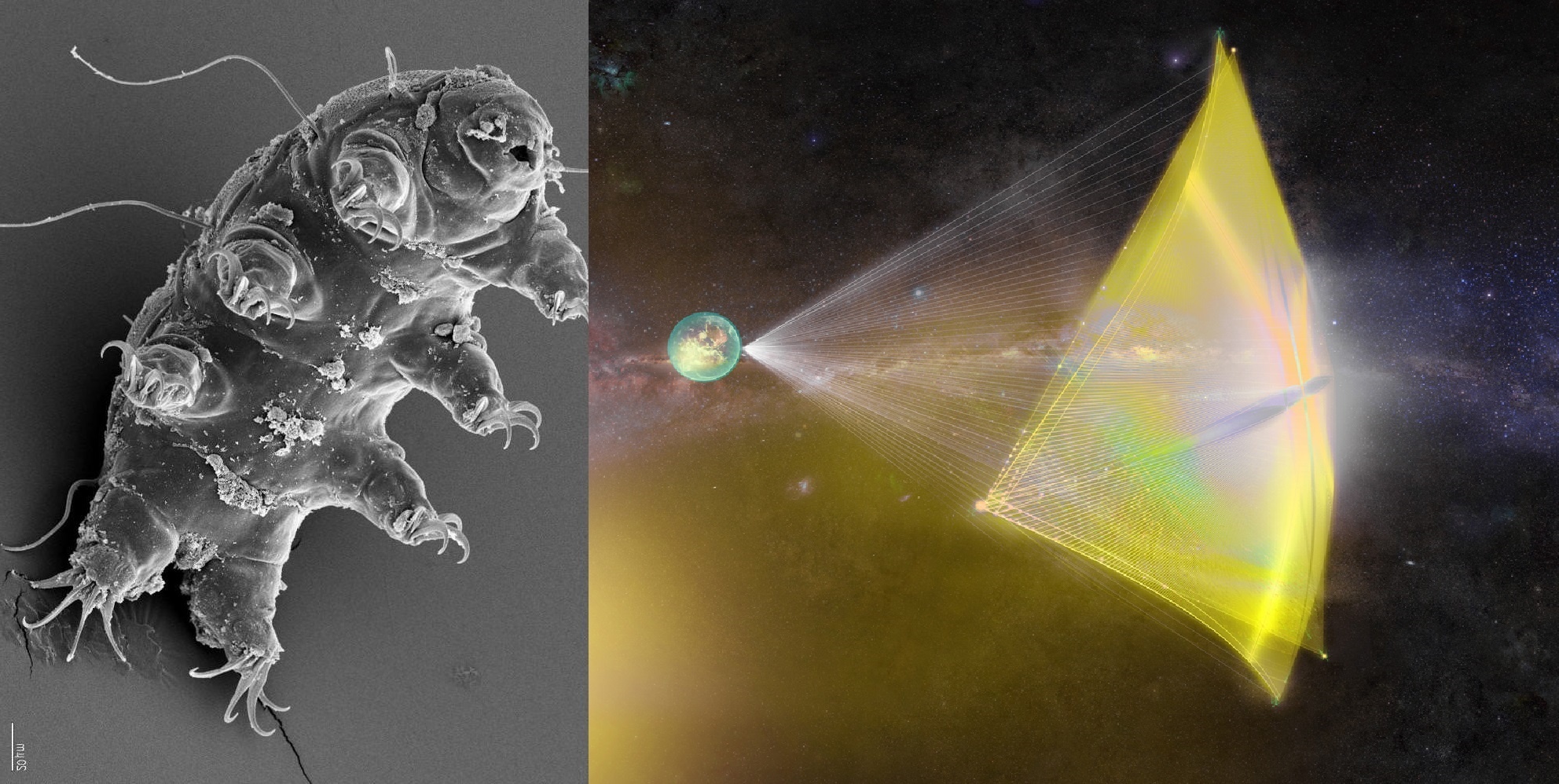Someday, in the not-too-distant future, humans may send robotic probes to explore nearby star systems. These robot explorers will likely take the form of lightsails and wafercraft (a la Breakthrough Starshot) that will rely on directed energy (lasers) to accelerate to relativistic speeds – aka. a fraction of the speed of light. With that kind of velocity, lightsails and wafercraft could make the journey across interstellar space in a matter of decades instead of centuries (or longer!) Given time, these missions could serve as pathfinders for more ambitious exploration programs involving astronauts.
Of course, any talk of interstellar travel must consider the massive technical challenges this entails. In a recent paper, a team of engineers and astrophysicists considered the effects that relativistic space travel will have on communications. Their results showed that during the cruise phase of the mission (where a spacecraft is traveling close to the speed of light), communications become problematic for one-way and two-way transmissions. This will pose significant challenges for crewed missions but will leave robotic missions largely unaffected.
Continue reading “Communicating With a Relativistic Spacecraft Gets Pretty Weird”


